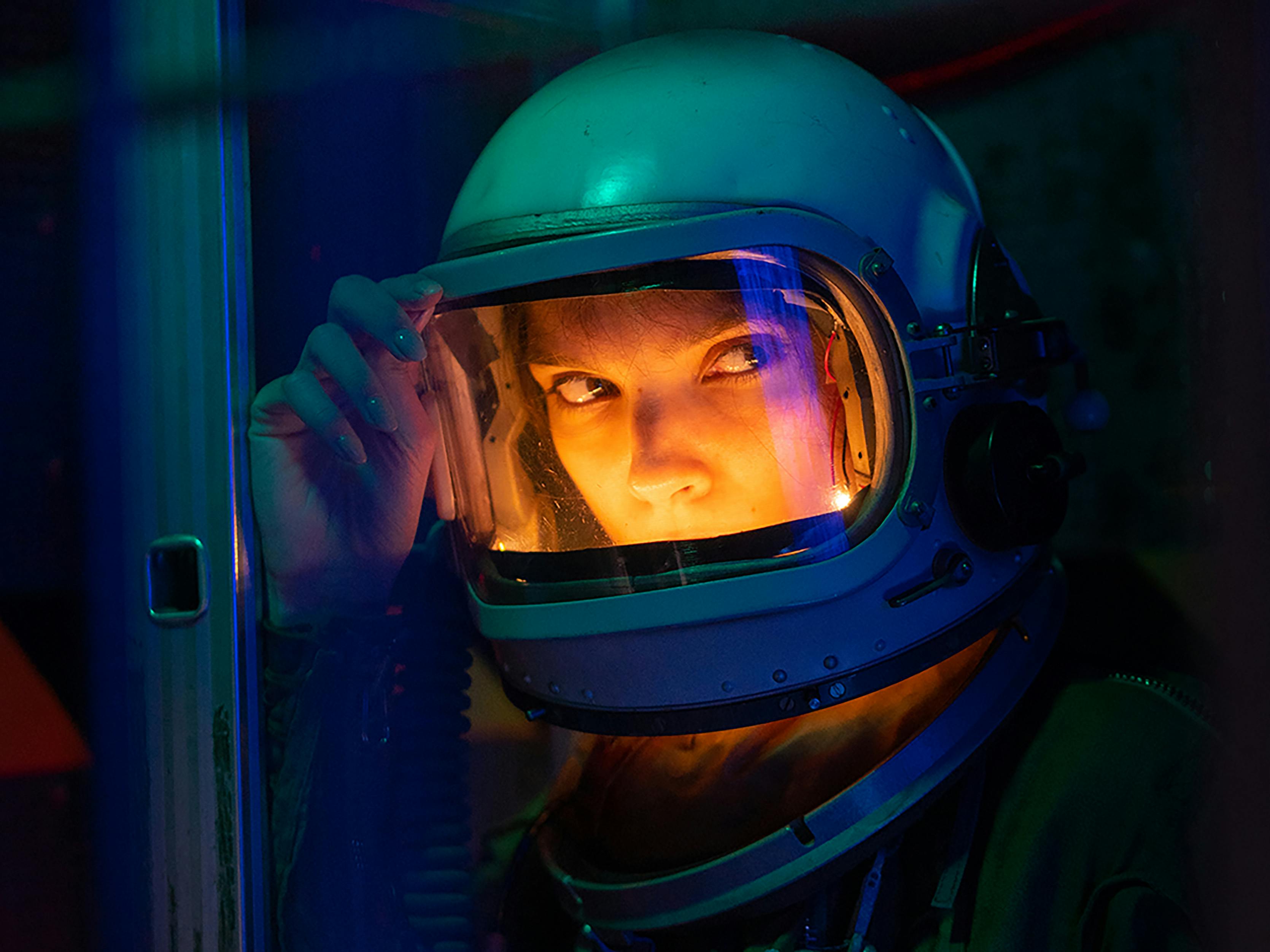
Introduction
The space race has so far received its most emotional chapter for India. High above the earth, where the boundaries disappear and humanity is united into orbit, made an unprecedented achievement this week. Group Captain Shubhanshu Shukla, a test pilot of the Indian Air Force, became the first Indian astronaut to dock with the International Space Station (ISS). His journey aboard the Dragon spacecraft as part of Axiom Mission 4 marks a monumental moment not only for him but for the entire nation.
This is not just about a man’s visit. This represents a crucial moment for a country whose space ambitions have rapidly developed over the years. With India actively launching satellites and aiming to send its own citizens into orbit, and eventually to the Moon and beyond, this mission adds a significant chapter to India’s space narrative.
Shubhanshu Shukla: From Gandhinagar to the Stars
Born in Gujarat, Group Captain Shukla’s journey showcases incredible personal stamina and increases confidence in India’s space ambitions. As an IAF test pilot, he spent years pushing technological boundaries. However, the ISS mission took things to a whole new level, both literally and figuratively.
Launched from Cape Canaveral atop a Falcon 9 rocket, this mission is part of SpaceX’s commercial partnership with NASA, designed to transport astronauts from around the world to the ISS. Shukla’s spot on this flight represents a significant milestone, being India’s maiden human presence aboard the most sophisticated space laboratory mankind has ever constructed.
Axiom Mission 4 and the Technology Behind It
Riding in a Dragon capsule named ‘Grace’, Shukla experienced state-of-the-art technology in 21st-century space engineering. The Falcon 9 rocket, celebrated for its reusable booster technology, propelled the crew into orbit with remarkable precision and efficiency, a feat SpaceX has successfully achieved dozens of times.
The Dragon capsule is equipped with autonomous docking capabilities, advanced life support systems, touch screen controls, and sophisticated heat shielding—all contributing to a safe and comfortable journey. However, this mission introduced even more valuable opportunities: direct interaction with operational space systems that could inform India’s own human spaceflight ambitions.
Research in Space: India’s Scientific Contributions to the ISS
Upon arrival and docking at the ISS, Shukla engaged not just as a passenger, but as an active researcher. Collaborating with experts from NASA and ISRO, he conducted several India-led microgravity experiments. Among these initiatives was:
- Testing the effects of microgravity on food microbes, which could have impactful implications for long-term space missions.
- Analyzing how astronauts interact with electronic screens within zero-gravity environments—a crucial aspect for the development of future crew vehicles.
This is not merely academic curiosity; the findings from these experiments will feed directly into India’s Gaganyaan Human Spacecraft program, equipping Indian scientists with data that could not be collected on Earth.
The Gaganyaan Connection: India’s Indigenous Space Dream
The Gaganyaan mission aims to send astronauts into Earth’s orbit on an Indian rocket—the human-rated LVM3. Although progress has faced delays due to COVID-19 and technical reviews, Shukla’s experiences on the ISS provide invaluable insights beyond mere simulations.
Insights Gained from Shukla’s Time on the ISS
- Astronaut training and mental preparation.
- Demonstration of life support systems in microgravity.
- Troubleshooting and system diagnostics in flight.
ISRO is currently validating its environmental control and life support systems (ECLSS) for Gaganyaan, as well as innovations in waste recycling, food production, and thermal management. Shukla’s firsthand experiences will greatly enhance these critical preparations.
India’s Future in Space: Expanding Horizons from Lunar Landings to Space Stations
India’s aspirations in space extend far beyond low Earth orbit. Following the triumphs of Chandrayaan-3 and Aditya-L1, the nation’s future roadmap is marked by ambition:
- Chandrayaan-4, India’s first Lunar Sample Return Mission.
- Plans for an Indian Space Station aimed for 2030.
- Development of AI-based robotics and autonomous docking technology.
- This mission serves as a stepping stone towards these grand aspirations.
Rise of India’s Private Space Sector
While ISRO leads India’s space initiatives, the country’s private space sector is emerging as a vital force. The ISS mission also demonstrates how synergies between the government and private industry can shape the future of space exploration.
- Skyroot Aerospace is pioneering reusable rocket technology.
- Agnikul Cosmos is innovating mobile launch pads and 3D-printed engines.
- Pixxel is deploying hyperspectral imaging satellites capable of monitoring everything from agricultural health to mineral deposits.
With support from the Indian National Space Promotion and Authorization Center (IN-SPACe), these startups are well-positioned to supply components and innovations for Indian missions in the future.
Conclusion: A Nation’s Aspiration
What began as a remarkable journey from Cape Canaveral now resonates throughout India. Group Captain Shubhanshu Shukla’s mission is not merely a personal achievement; it represents national progress.
His presence aboard the ISS establishes India as not only a participant but also an ambitious competitor in the global space arena. The data, knowledge, and partnerships formed during this mission lay the foundation for a new era—an era in which Indian astronauts, startups, and scientists collaborate on the world stage in the realm of space exploration.
The countdown is finished. The mission is ongoing. And India’s journey to the stars is just beginning.